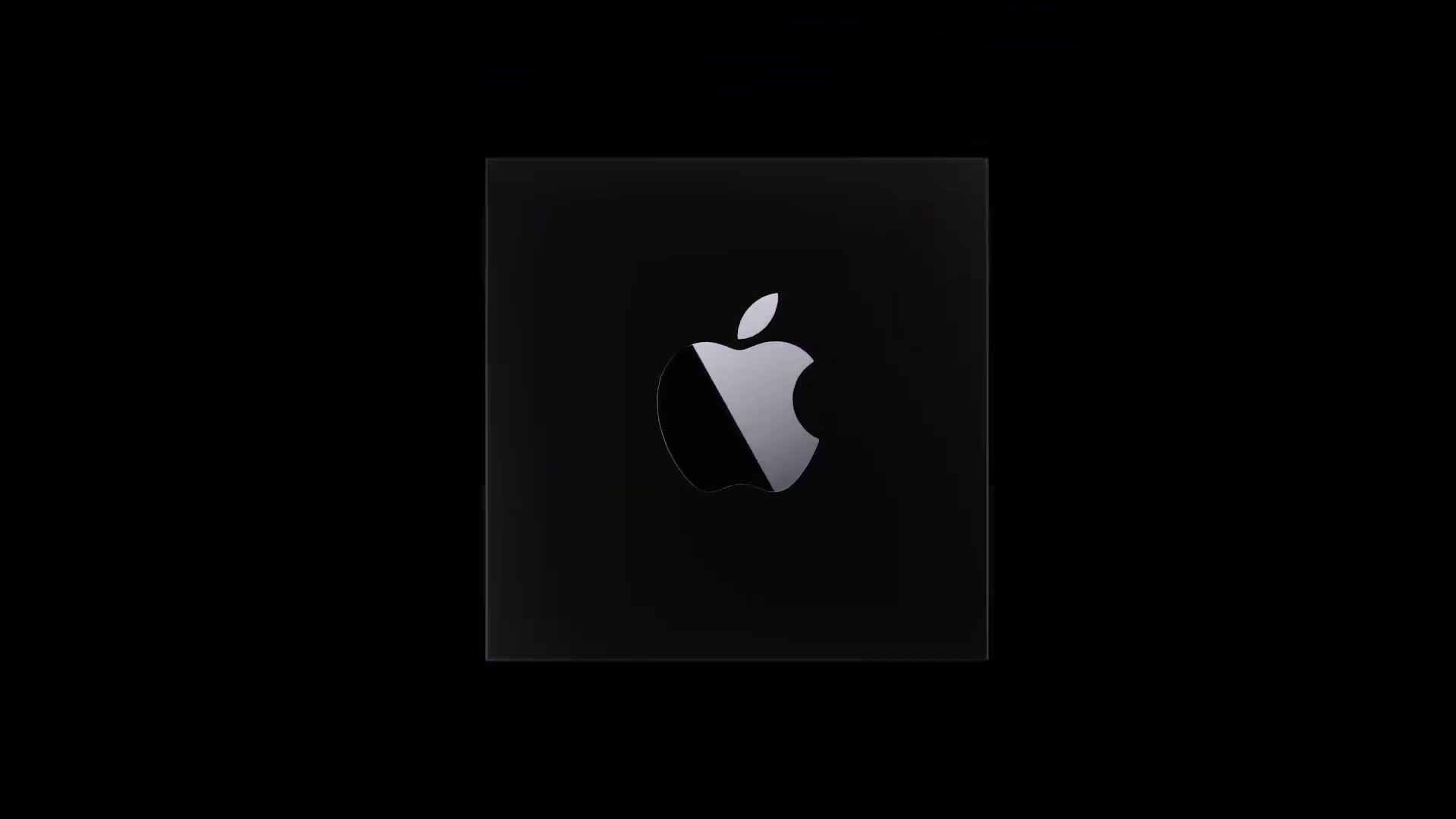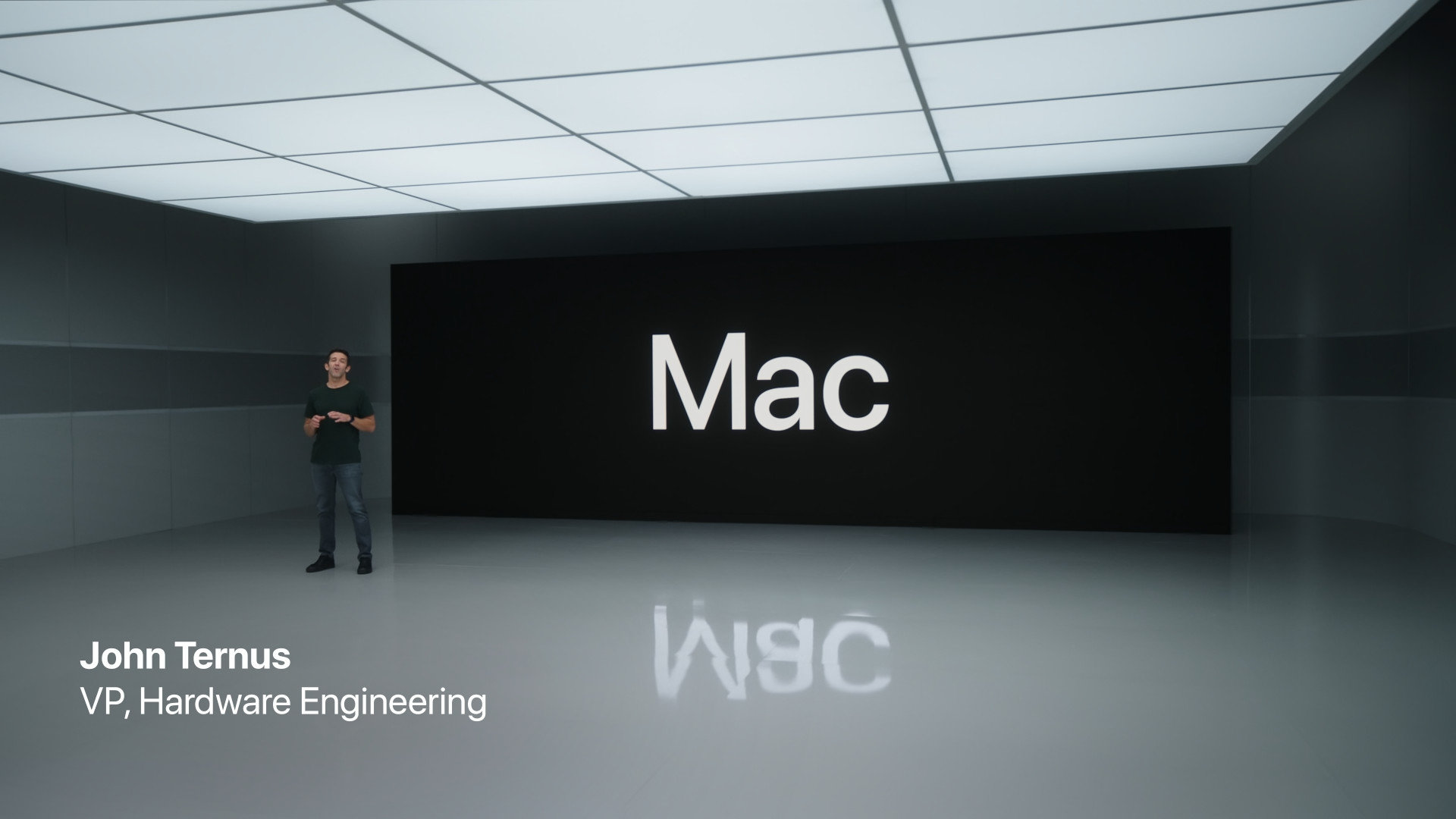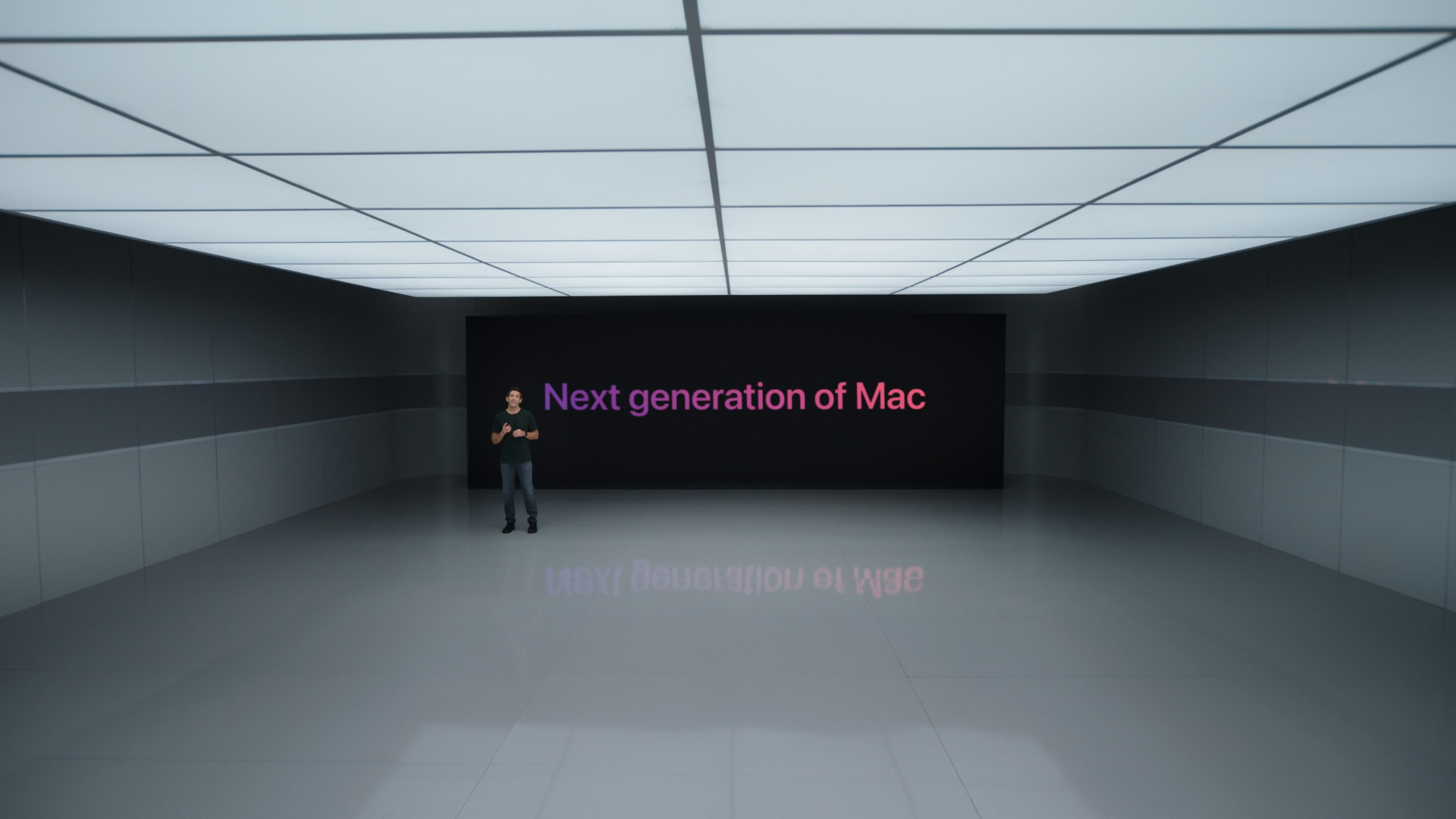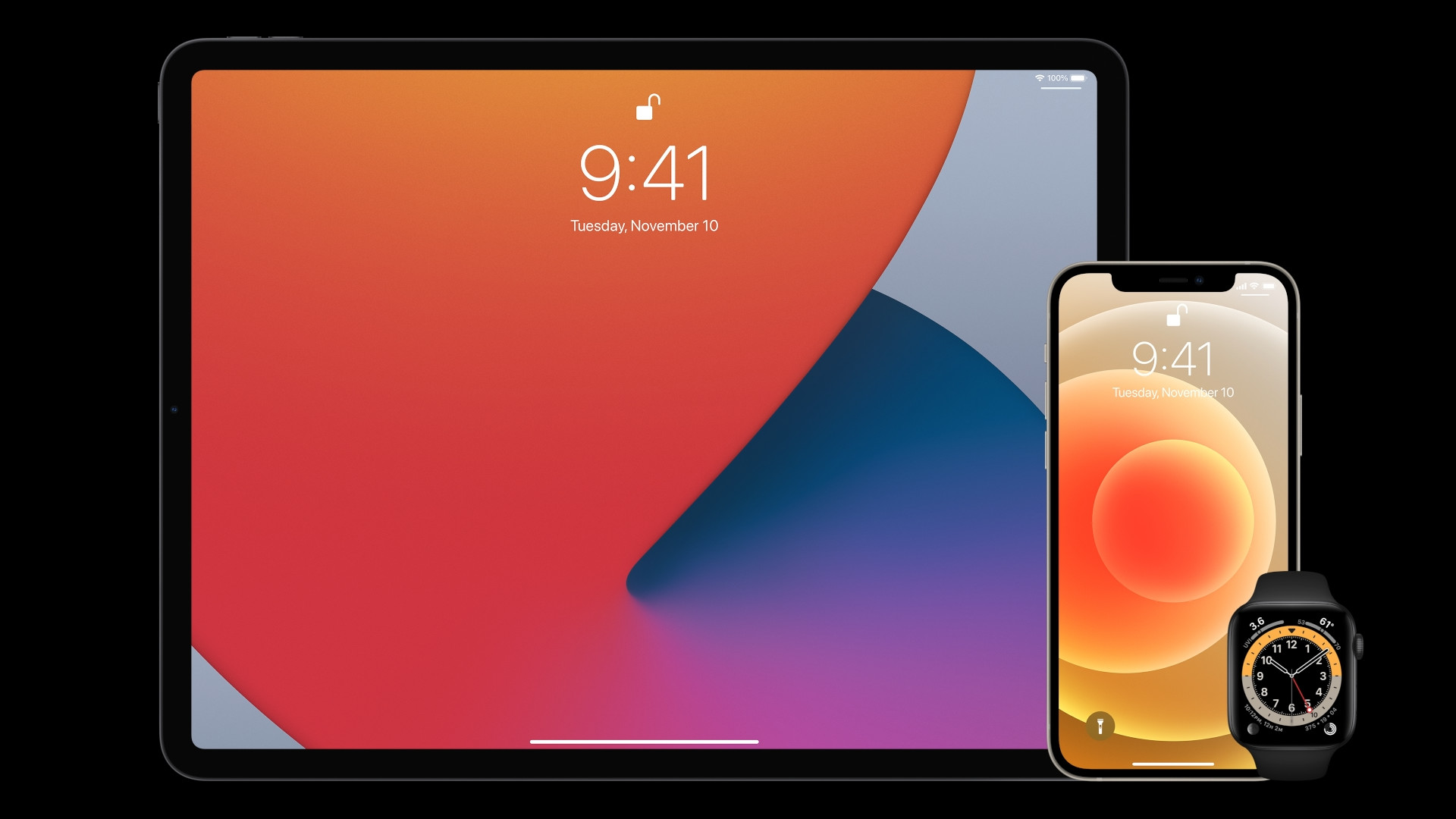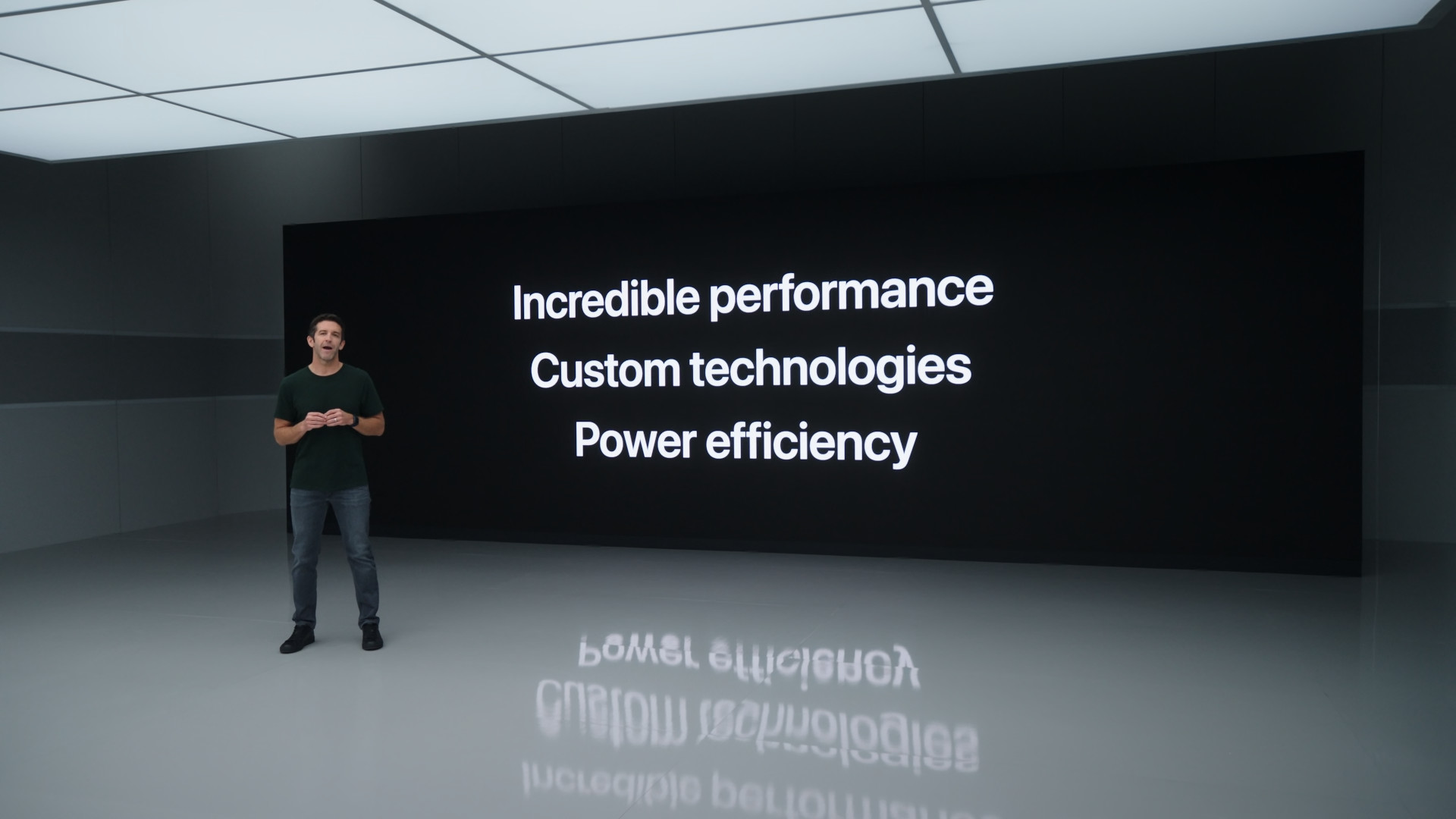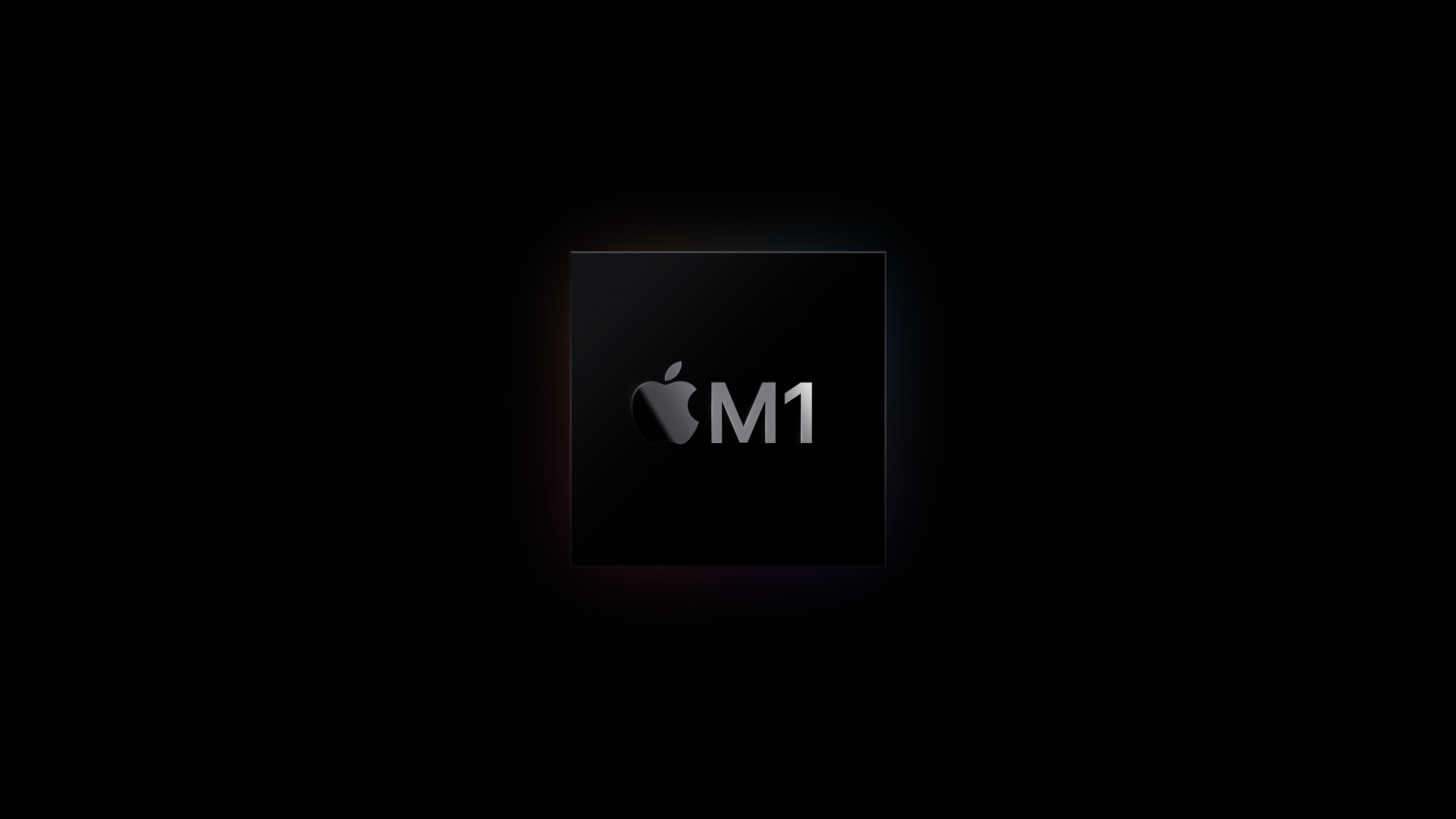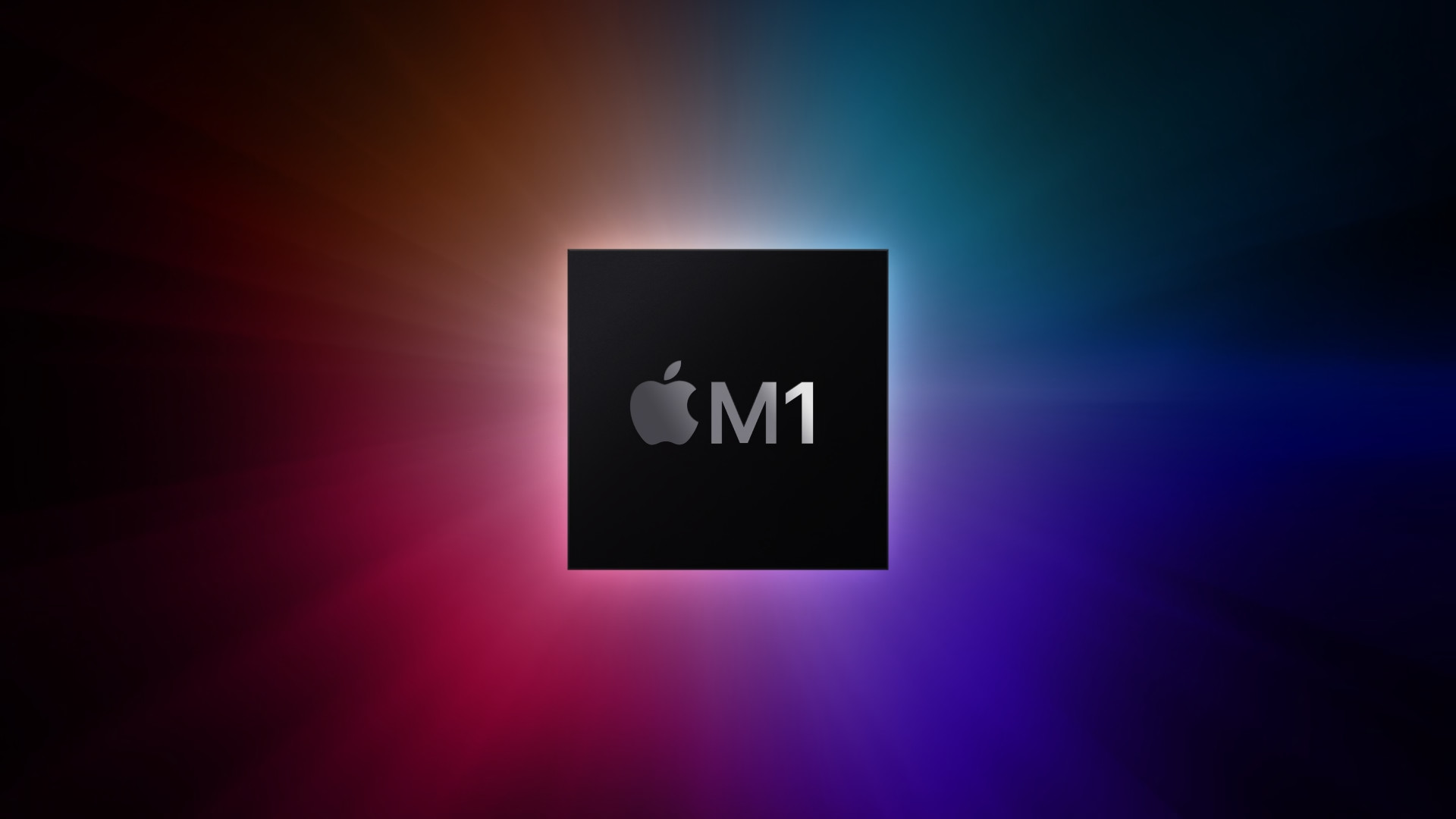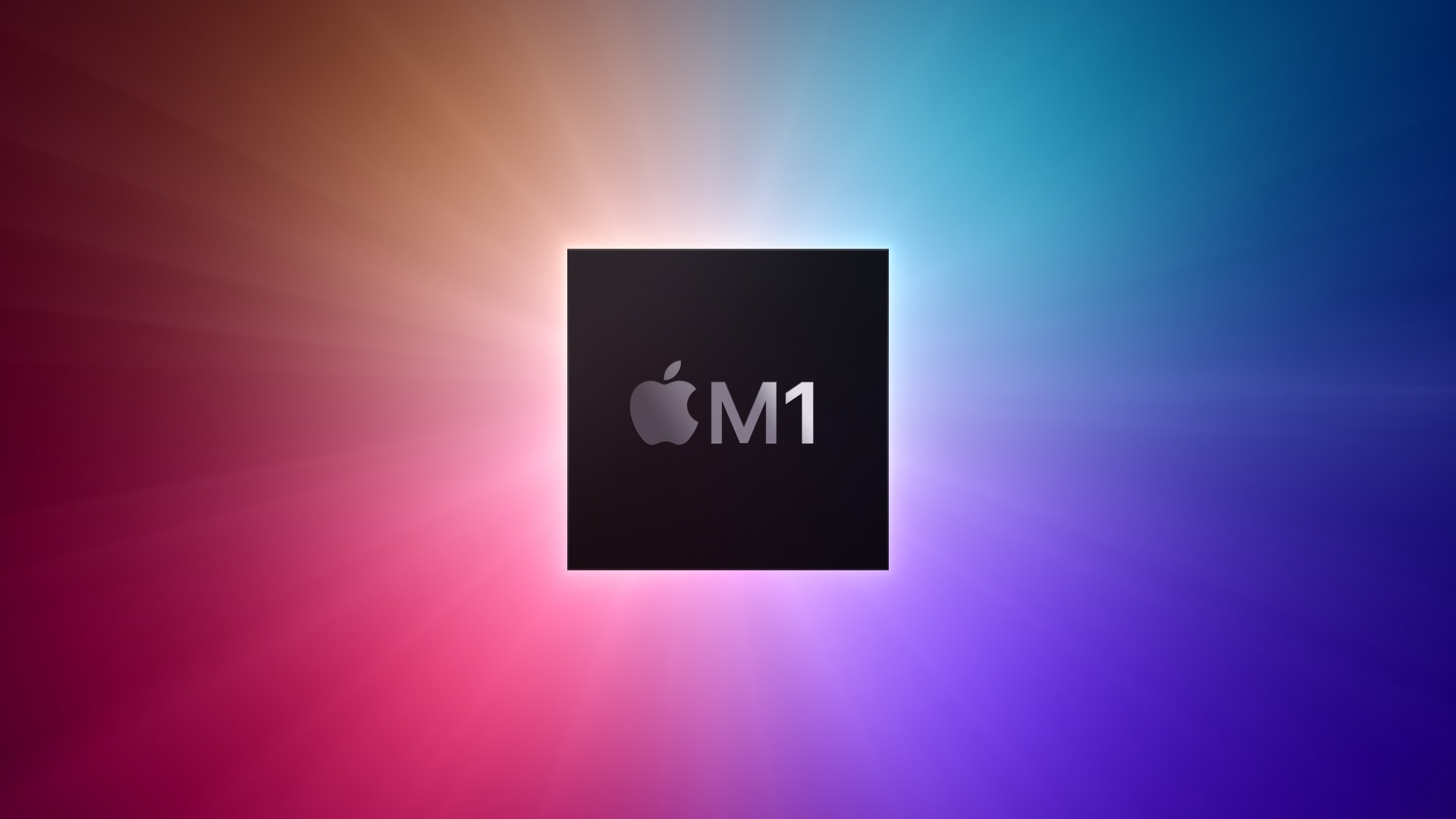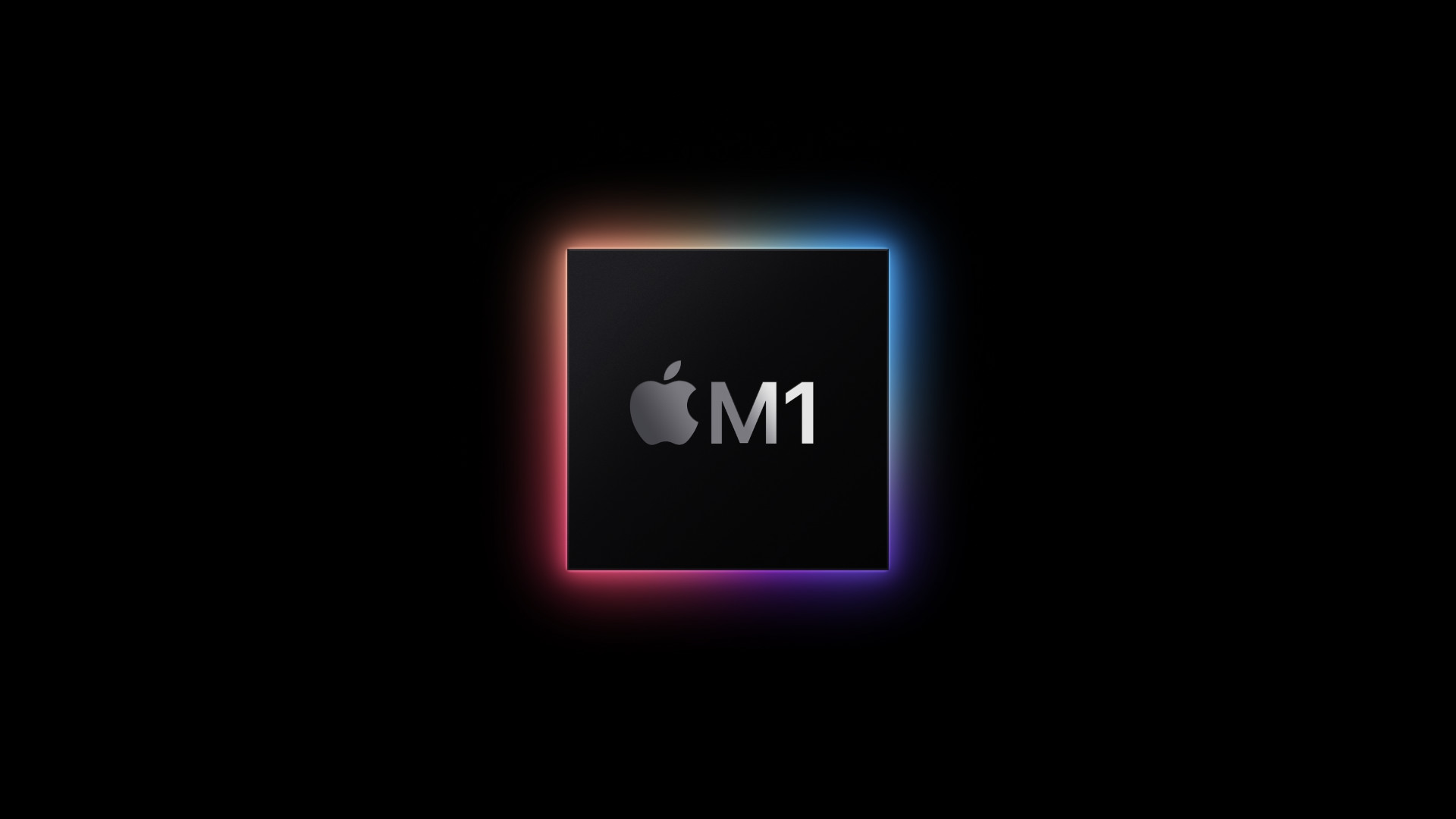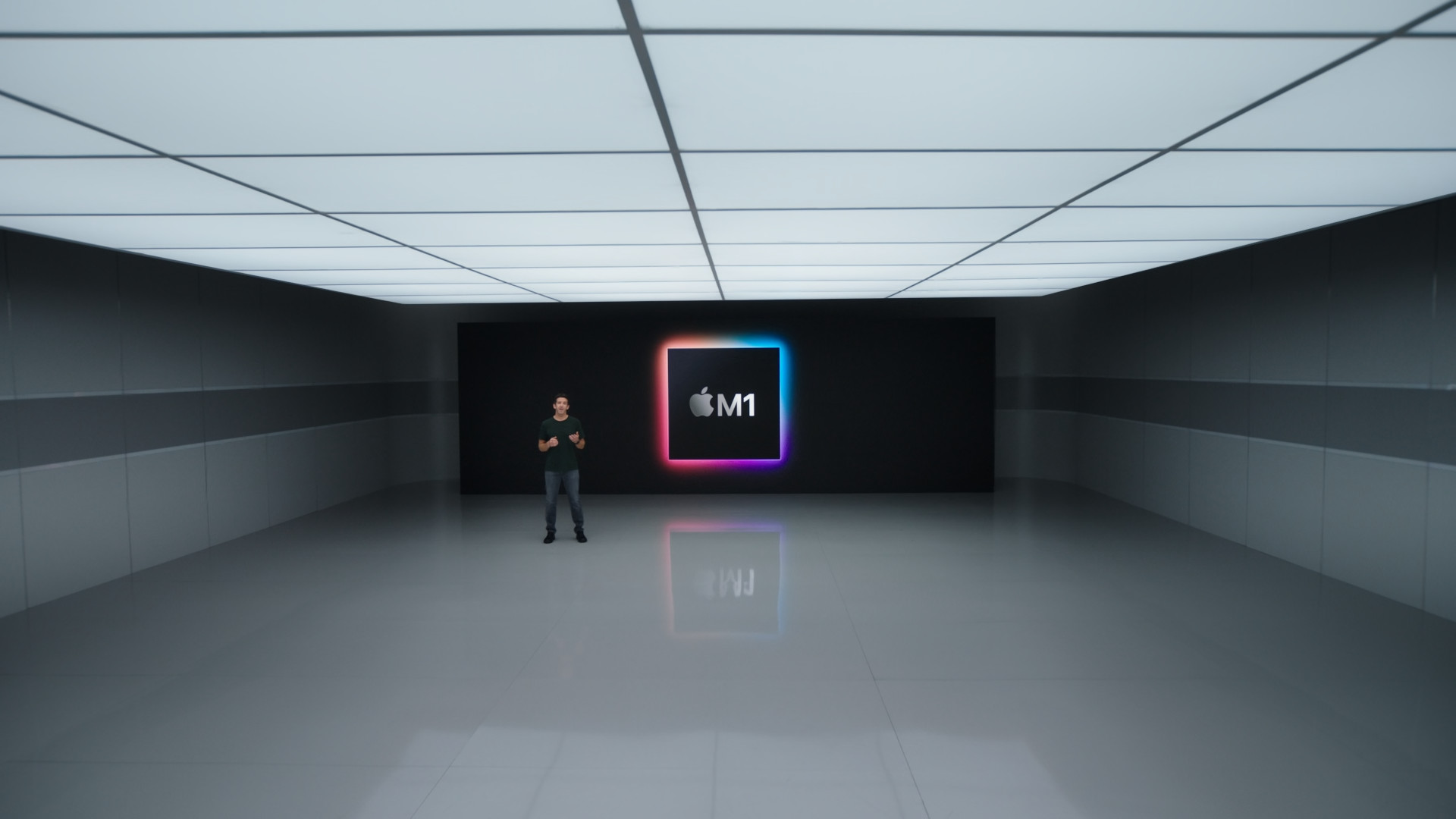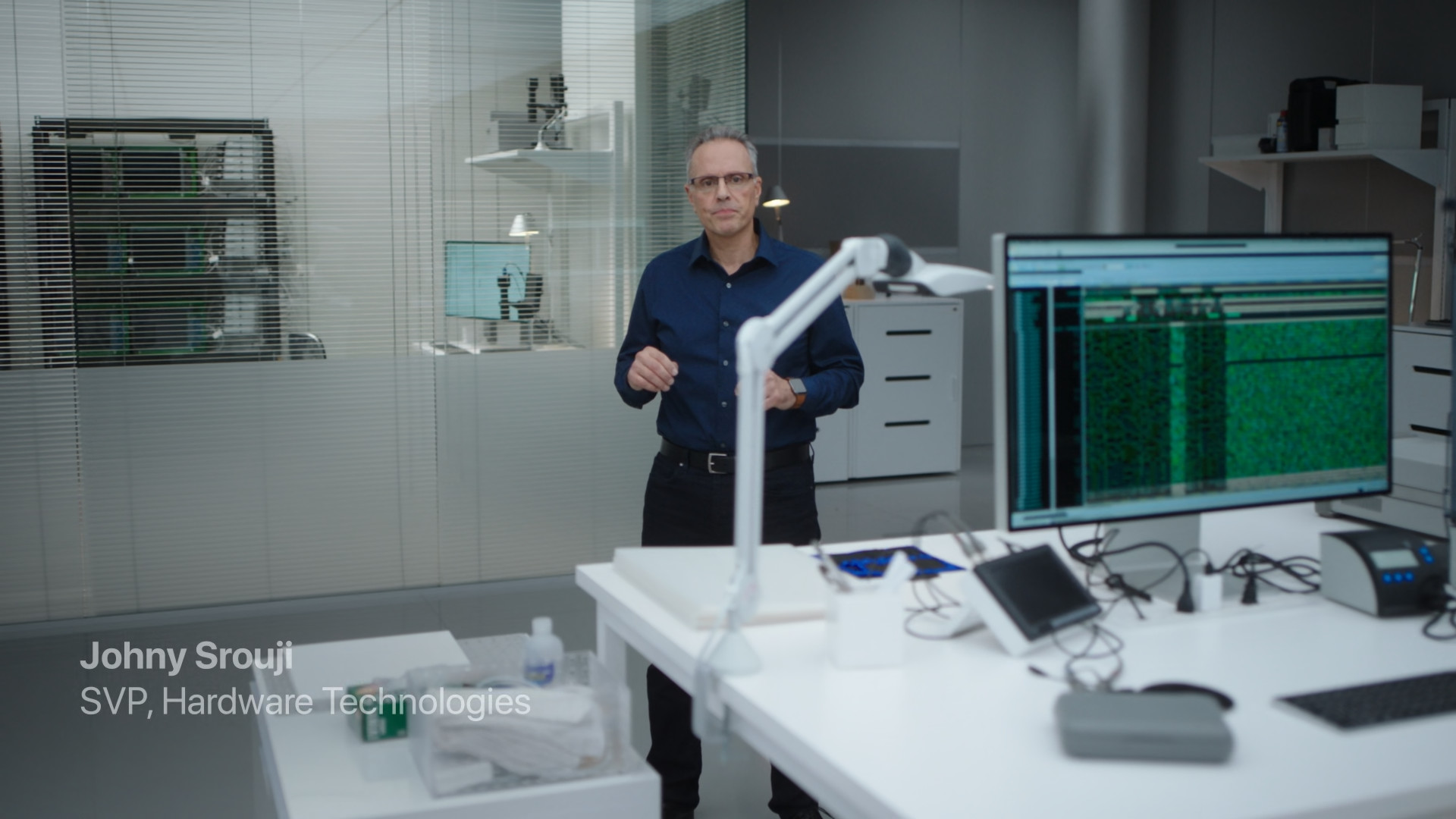With the transition to Apple Silicon, Macs have fundamentally improved. If you are among the fans of the apple company, then you yourself know very well that with the replacement of Intel processors with their own solutions, computers have seen a significant improvement in performance and efficiency, thanks to which they are not only faster, but also more economical. The Cupertino company has thus succeeded in a rather fundamental step. Newer Macs are therefore extremely popular and completely devastate their competition in various tests, be it performance, temperatures or battery life.
It could be interest you
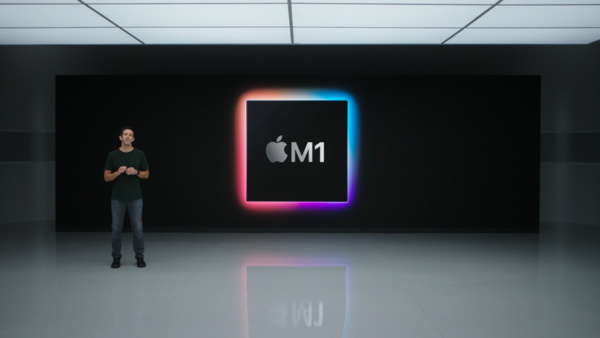
In the eyes of apple lovers, Macs with Apple Silicon are therefore on the right path, despite the fact that it brings with it some disadvantages. Apple switched to a different architecture. He replaced the world's most widespread x86 architecture with ARM, which is used, for example, by chips in mobile phones. These are not only proud of sufficient performance, but especially great economy, thanks to which our smartphones do not even need active cooling in the form of a fan. On the other hand, we have to accept the fact that we have lost the ability to virtualize or install Windows. But in general, the pros incredibly outweigh the cons. Therefore, a fundamental question also arises. If Apple Silicon chips are so great, why has virtually no one come up with their own use of ARM chipsets yet?
Software is a stumbling block
First of all, we must emphasize an extremely important piece of information. Moving to a proprietary solution built on a completely different architecture was an extremely bold move by Apple. With the change in architecture comes a fairly fundamental challenge in the form of software. In order for each application to function properly, it must be written for a specific platform and operating system. In practice, this means only one thing - without auxiliary tools, for example, you would not be able to run a program programmed for PC (Windows) in iOS, because the processor simply would not understand it. Because of this, Apple had to redesign its entire operating system for the needs of Apple Silicon chips, and it certainly does not end there. This is how every single application must be optimized.
As a temporary solution, the giant brought the Rosetta 2 translation layer. It can translate an application written for macOS (Intel) in real time and run it even on newer models. Of course, something like this "bites off" part of the performance, but in the end it works. And that's exactly why Apple could do something like this. The Cupertino giant relies on a certain degree of closure for its products. It not only has the hardware under its thumb, but also the software. By completely switching to Apple Silicon across the entire range of Apple computers (so far except for the Mac Pro), he also gave a clear message to developers - you have to optimize your software sooner or later.
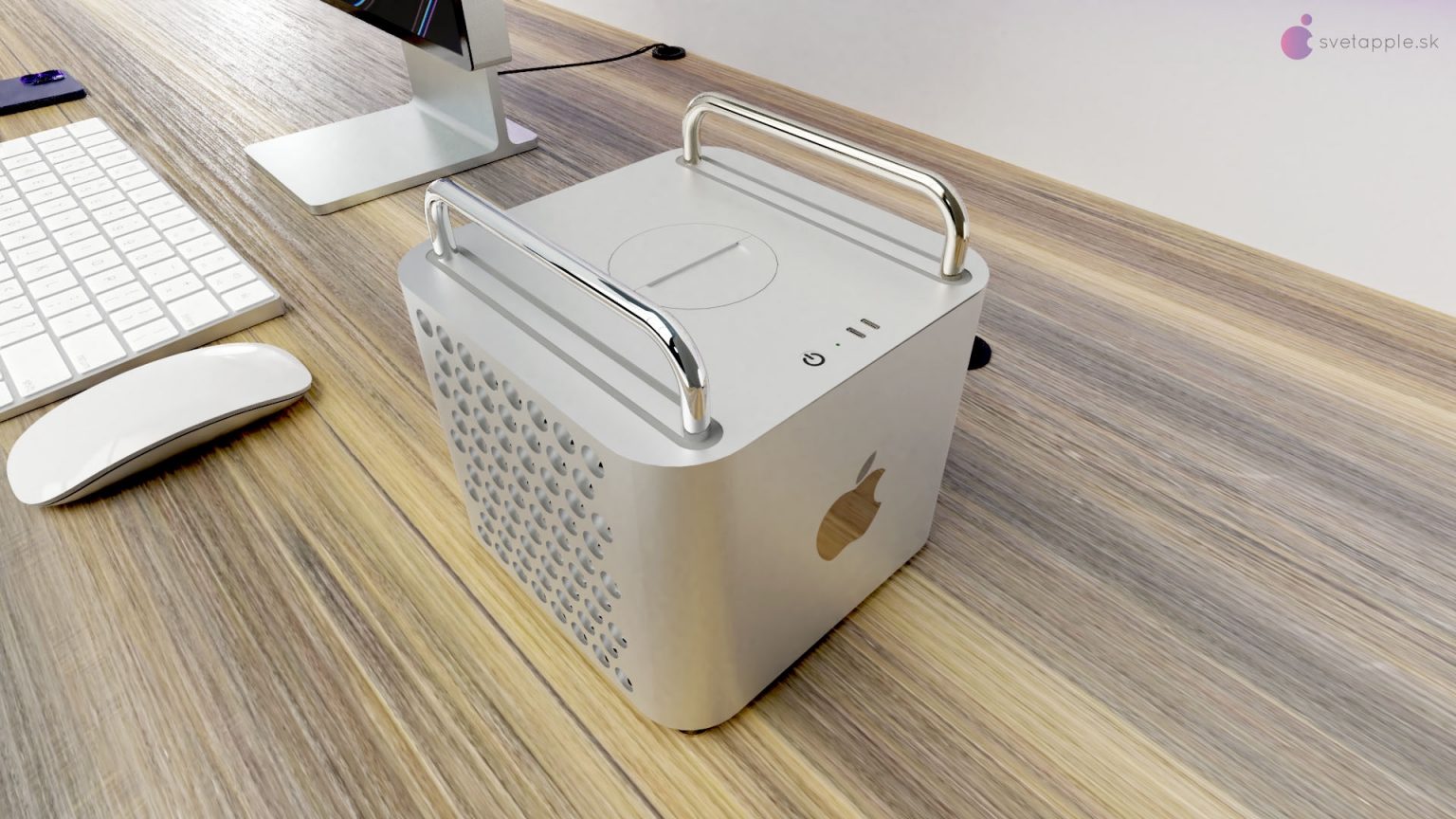
Such a thing is practically impossible with the competition, as individual companies do not have the power to force the entire market to switch or optimize. Microsoft, for example, is currently experimenting with this, which is a big enough player in this regard. He fitted some of his computers from the Surface family with ARM chips from the California company Qualcomm and optimized Windows (for ARM) for them. Unfortunately, despite this, there is not as much interest in these machines as, for example, Apple celebrates with products with Apple Silicon.
Will change ever come?
In the end, the question is whether such a change will ever come. Given the fragmentation of the competition, something like this is out of sight for now. It is certainly also worth mentioning that Apple Silicon is not necessarily the best. In terms of raw performance as such, x86 still leads, which has better opportunities in this regard. The Cupertino giant, on the other hand, focuses on the ratio of performance and energy consumption, in which, thanks to the use of the ARM architecture, it simply has no competition.
It could be interest you
